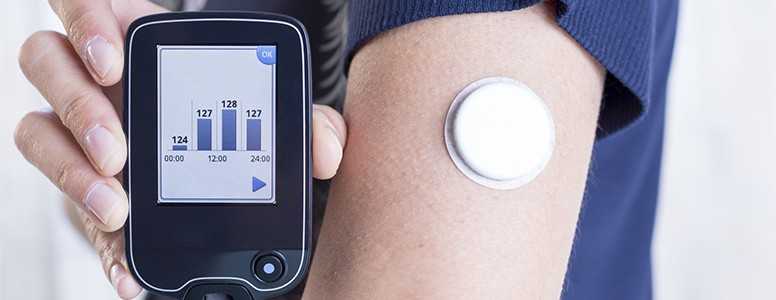Scientists from the University of Kansas in Kansas City have found that TV food-related commercials stimulate reward centres in kids brains.
The study findings, published in the Journal of Pediatrics, show that watching television food commercials disproportionately boost the importance of taste in children’s food choices.
The research also demonstrates that these stimuli amp up certain brain reward pathways which then incentivise a child to indulge in unhealthy foods.
This comes after the Government failed to introduce curbs on junk food advertising in its recently released watered-down plan for tackling childhood obesity.
Leading doctors from The British Medical Association (BMA) have expressed their bitter disappointment that the Childhood Obesity Strategy stopped short of restricting junk food adverts.
Children are bombarded with marketing for foods with little nutritional value, and previous studies have shown that such advertisements profoundly influence children’s food choices and how much they eat.
In the current study, lead author Dr. Amanda S. Bruce and her colleagues compared children’s food choices and brain activity after viewing television ads for food or nonfood products.
The research team enrolled 23 children aged 8 to 14 years to conduct their behavioural experiment and asked them to rate how tasty or healthy 60 food items shown in pictures were. They were also told they would receive one of the food items they selected after the testing.
The participants were then invited to make choices between food items shown in pictures after viewing 15-second food or nonfood TV commercials as well as without first watching an advertisement.
While the subjects were making their food choices, their brains were scanned using functional magnetic resonance imaging (fMRI) and researchers documented brain activity and reporting biases after seeing the adverts.
Unsurprisingly, taste weighed more heavily in the participants’ decision-making after watching food commercials compared with nonfood commercials. Children also made their food decisions more quickly after watching the food ads.
The fMRI scans revealed hyperactivation of a structure – located on the surface of the temporal and occipital lobes of the brain – called the right fusiform gyrus, and which is involved in decision-making and anticipation of receiving a reward.
This goes to show that food commercials influence children through neurobiological mechanisms by activating reward valuation regions of the brain and contribute to problematic food consumption.
Overall, the tests and brain imaging findings suggest that food commercials may induce more impulsive decisions towards the hedonic aspects of food rather than its health value.
What's new on the forum? ⭐️
Get our free newsletters
Stay up to date with the latest news, research and breakthroughs.




